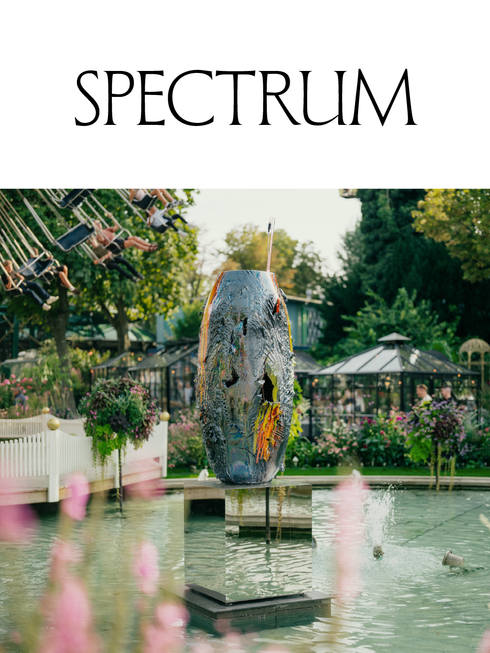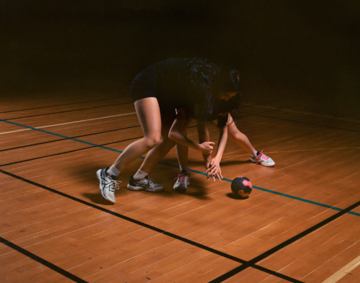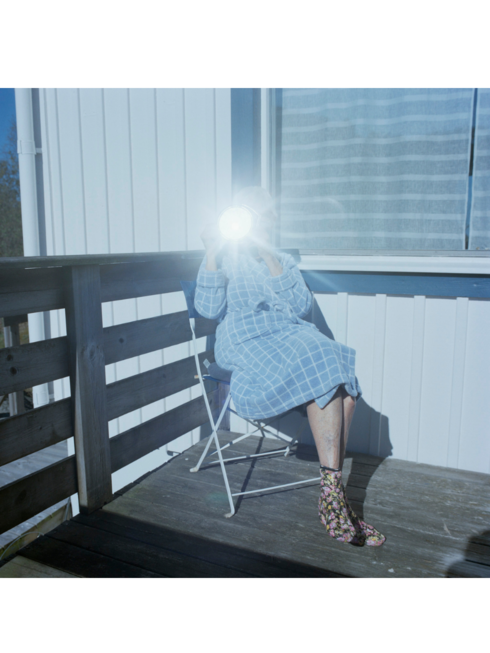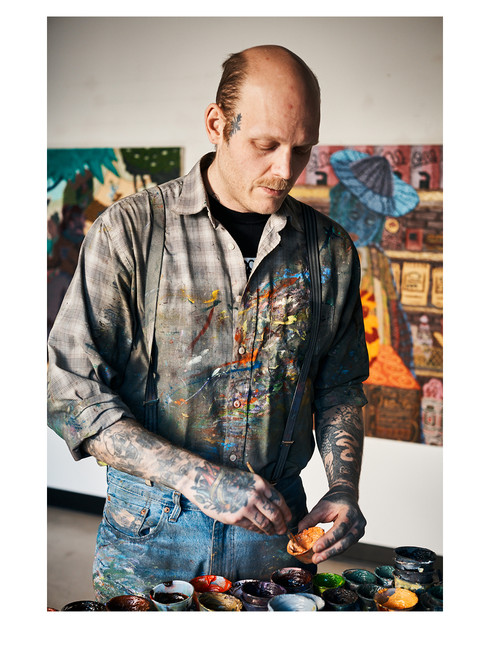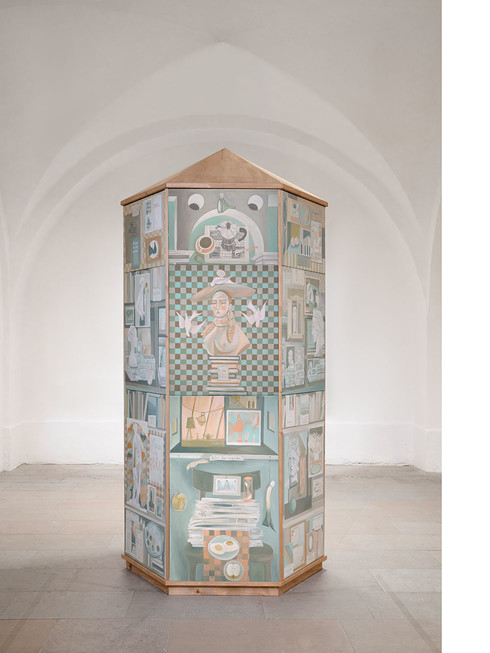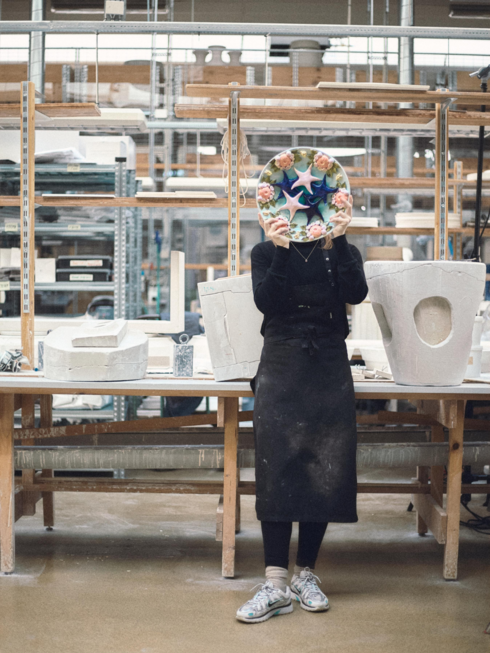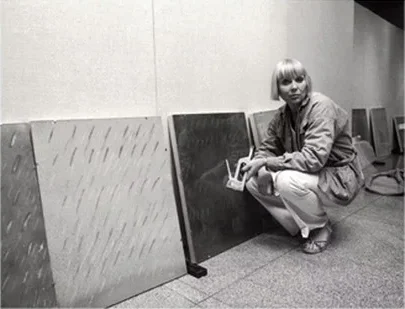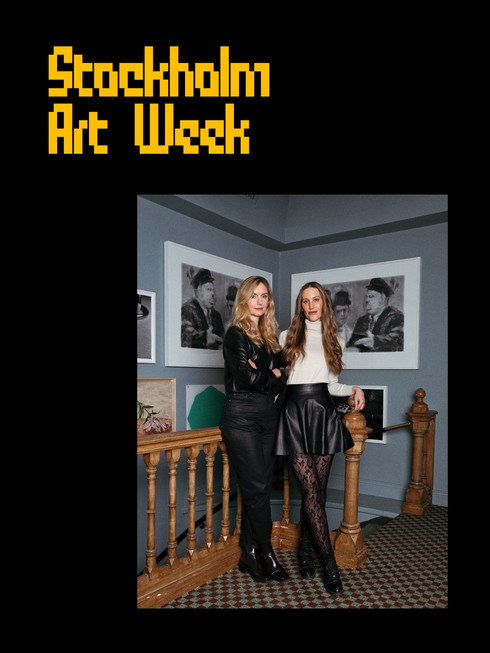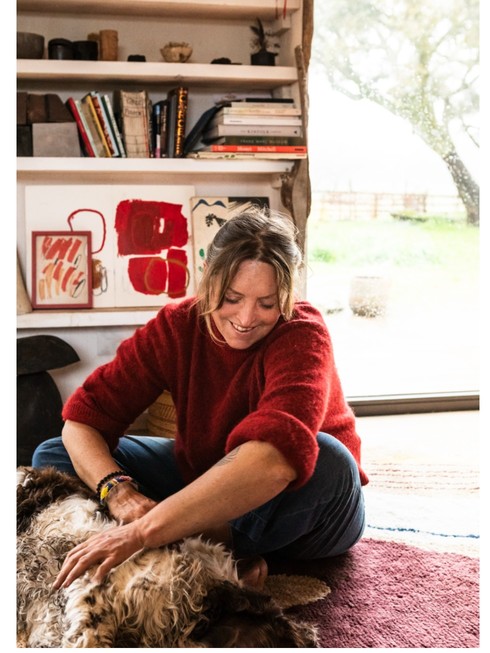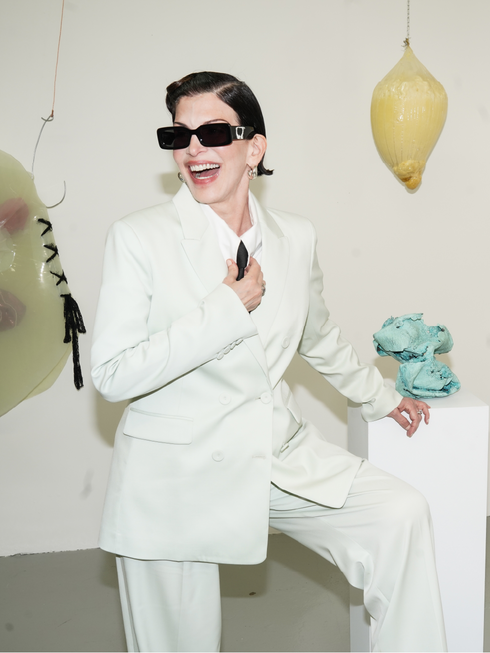SPECTRUM an Interview with Julie Quottrup Silbermann
SPECTRUM an Interview with Julie Quottrup Silbermann Natalia Muntean CHART, the Nordic art fair, has become a cornerstone of the area’s contemporary art scene since its beginnings in 2013. What began as a collaborative e!ort among five galleries to showcase Nordic art has evolved into a dynamic, multi-faceted event that transcends the traditional art fair model. Today, CHART not only highlights leading and emerging galleries from the Nordic region but also integrates a rich public programme of performances, talks, and exhibitions, all aimed at making contemporary art accessible to a wider audience. In 2023, CHART welcomed an impressive 22,000 visitors, reflecting its growing influence and appeal. As Julie Quottrup Silbermann, Director of CHART Art Fair, explains, “We aim to be more than just an art fair. The fair itself features 28 to 40 galleries, but around it, we’ve expanded into a larger public programme that includes performances, music, and talks – all free of charge.” CHART is dedicated to fostering collaboration among galleries, rethinking public spaces, and prioritizing sustainability, all while creating an inclusive platform for Nordic art. As Silbermann says, “We’re not just building an art fair; we’re building a community.” Natalia Muntean: How has Chart evolved since it started in 2013?Julie Quottrup Silbermann: Chart is an annual art event that began in 2013, created by five galleries to showcase the Nordic art scene. Initially focused on collaboration among Nordic galleries, the format evolved three years ago to include a broader program and a partnership with Tivoli Gardens for outdoor exhibitions. Today, Chart invites Nordic galleries to participate, emphasising that it is more than just an art fair. The event features performances, emerging musicians, and a talks program with discussions relevant to contemporary art, all free to the public. Additionally, collaborations with other institutions allow visitors to explore new exhibitions and attend previews during the event. NM: The Nordic region is often seen as progressive and forward-looking – how does Chart reflect or challenge these ideas?JQS: We aim to present a broad view of Nordic art by inviting both established and emerging galleries from the region and beyond. There’s a growing trend of galleries balancing art and design, with artists creating functional sculptures, particularly in small, artist-run spaces like Coulisse Gallery and Public Service Gallery in Stockholm. This reflects an increasing interest in unique artworks for personal collections. While emerging galleries are thriving, mid-tier ones face challenges, while established galleries have a steady audience. Since Chart’s inception, both invited and self-nominating galleries have participated. I visit Nordic capitals annually to discover new spaces and gather recommendations from established galleries, ensuring we showcase the most exciting new Nordic talent at Chart. NM: What do you think is the role of CHART in shaping the Nordic art market?JQS: For the participating galleries, it’s an important part of their year to take part in a fair that specialises in the Nordics. We create a community around it, and it’s not just about the fair itself. Throughout the year, participating galleries present their exhibitions, and we collaborate on art calendars. We also reach out to art professionals, organising online curator meetings five times during the spring to introduce galleries to them. I feel the galleries are part of this community, and they’re introduced to art professionals in a meaningful way. I hope and I feel we’re giving a lot back to the galleries by fostering collaboration and mutual support. This is reflected in the fair’s design. When you enter, you don’t see long aisles or booths. Instead, you step into rooms that might feature three galleries at once, creating a cohesive exhibition experience. This setup allows art professionals, collectors, or firsttime visitors to engage openly with the galleries. You’re essentially walking in and out of different gallery spaces seamlessly, without the barriers of traditional booths. NM: This is the last year for Chart Architecture why did you decide this would be the last year?JQS: CHART Architecture has been running for ten years. Over this time, we’ve Lorem ipsum dolor sit amet, consectetur adipiscing elit. Ut elit tellus, luctus nec ullamcorper mattis, pulvinar dapibus leo.

